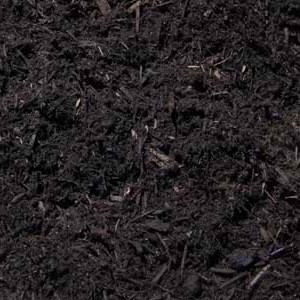

They will help retain soil moisture and help protect plants during winter, but they do not enrich the soil or add beneficial bacteria and nitrogen, as natural mulches do.ĭyed mulches break down much slower than natural mulches. Safety of Dyed Mulch in the Gardenīesides the potential dangers of colored mulch and pets, people, or young plants, dyed mulches are not beneficial for the soil.

It can also be harmful to people spreading this mulch and animals who dig in it. CCA-treated wood can kill beneficial soil bacteria, beneficial insects, earthworms, and young plants. Using CCA to treat wood was banned in 2003, but many times this wood is still taken from demolitions or other sources and recycled into dyed mulches. These recycled bits of treated wood can contain chromates copper arsenate (CCA). While most natural mulches, like double or triple shredded mulch, cedar mulch, or pine bark, are made directly from trees, many colored mulches are made from recycled wood– like old pallets, decks, crates, etc. This is pretty rare, though, and usually, it is not the dye itself that is of concern with the safety of mulches, but rather the wood. Generally, if the price of dyed mulch seems too good to be true, it probably is not good at all, and you should spend the extra money on better quality and safer mulch. Some cheap dyes, however, can be dyed with harmful or toxic chemicals. I sometimes encounter customers who ask, “Is colored mulch toxic?” Most colored mulches are dyed with harmless dyes, like iron oxide-based dyes for red or carbon-based dyes for black and dark brown. Continue reading to learn more about colored mulch vs. Dyed mulches can be very aesthetically pleasing and make landscape plants and beds stand out, but not all dyed mulches are safe or healthy for plants. In fact, rock tends to heat up and dry out the soil. While rock needs to be topped off and replaced less frequently, it does not benefit the soil or plants.

Although the landscape company I work for carries many different types of rock and mulches to fill landscape beds, I always suggest using natural mulches.


 0 kommentar(er)
0 kommentar(er)
